The Benefits and Drawbacks of Popular Training Styles at the Gym
There are a multitude of different training styles that people can choose from when they go to the gym depending on their goals, preferences and fitness level. Some of the most popular training styles are:
- Strength Training
- Cardiovascular Training
- High-Intensity Interval Training (HIIT)
- Bodyweight Training
- CrossFit
- Yoga
- Pilates
- Functional Training
Each of these training styles have their own benefits and drawbacks but the most important thing is to choose a style that you enjoy and can commit to long-term in order to achieve the results you’re after.
STRENGTH TRAINING
This style involves lifting weights to build muscle mass and increase muscle strength. Usually it involves exercises like bench presses, squats and overhead presses. These all can be performed with either weights, machines or a combination of both.
Benefit: Strength training helps to reduce the risk of injury and improve body composition as muscle mass and strength increases. It can also help to boost metabolism which results in an easier maintenance of a healthy weight.
Drawback: Due to the intensity and complexity of lifting weights, it may be hard for beginners to perform the exercises correctly, which can lead to injury.
CARDIOVASCULAR TRAINING
Cardiovascular training, otherwise known as cardio, is a style that focuses on improving heart and lung function. Some exercises that help to elevate the heart rate include running, cycling or swimming.
Benefit: Cardiovascular training helps to strengthen your heart and reduce the risk of developing heart disease, strokes and other cardiovascular conditions.
Drawback: As it does not focus on building muscle, this would not be the ideal style for people looking to gain muscle mass or strength.
HIGH-INTENSITY INTERVAL TRAINING (HIIT)
HIIT involves short bursts of high-intensity exercise followed by rest periods or lower-intensity exercises.
Benefit: HIIT workouts are generally shorter than traditional cardiovascular workouts due to the short bursts of high-intensity exercises, therefore making them more time-efficient for those with a busy schedule.
Drawback: This type of training is not suitable for all fitness goals as it primarily focuses on cardiovascular health and weight loss rather than building muscle mass or strength.
BODYWEIGHT TRAINING
Bodyweight training involves using your body weight as the resistance, rather than weights, to build strength and muscle. Some exercises that you can do include push-ups, squats and lunges.
Benefit: As bodyweight exercises can be performed anywhere, this makes it easy for people who don’t have access to a gym or much space to still do the workout. It’s also effective for beginners to get used to the movement and build strength and muscle before moving onto weights.
Drawback: Not all muscle groups are able to be targeted doing bodyweight exercises alone, e.g., back and chest, therefore there may be a limit in which those muscles will be worked.
CROSSFIT
CrossFit training is a combination of weightlifting, gymnastics and cardiovascular training. These exercises are usually performed at high-intensity and are timed and scored.
Benefit: As it incorporates the different styles of training, CrossFit can help to improve overall fitness, increasing strength and endurance while also providing a sense of community amongst participants.
Drawbacks: CrossFit usually requires a coach and is performed in groups. This can result in it being expensive as there will be extra costs specific to the specialised equipment and coaching.
Yoga involves a combination of posing and breathing exercises to improve one’s flexibility, balance and strength. It can be performed at different intensity levels therefore making it suitable for people of all fitness levels.
Benefit: As Yoga promotes relaxation, it can help to reduce the feelings of stress and anxiety by slowing down one’s breath, calming the mind and reducing tension in the body.
Drawback: Doing Yoga poses require proper alignment and form in order to prevent injury, therefore may require instruction from a Yoga instructor, which is not necessarily easy to access.
Pilates is a relatively low-impact training method that is more focussed on developing core strength, flexibility and posture.
Benefit: Being low impact, this means that it puts less stress on your joints in comparison to high-impact exercises, therefore making this training style better for people with joint pain or are recovering from injury.
Drawback: Similar to Yoga, Pilates also involves very specific movements and body positions that need to be taught by a trained instructor in order to avoid injury. Therefore this may result in a more costly experience in comparison to other training methods.
Functional training focuses on improving your ability to perform everyday movements and activities. Especially overall strength, mobility and sports performance.
Benefit: As functional training mimics real-life movements, this can help to improve movement patterns and overall mobility which translate into improved performance in sports and/or other physical activities.
Drawback: As functional training requires specialised equipment such as resistance bands or kettlebells, this makes it difficult to perform at home without the equipment or without access to a gym.

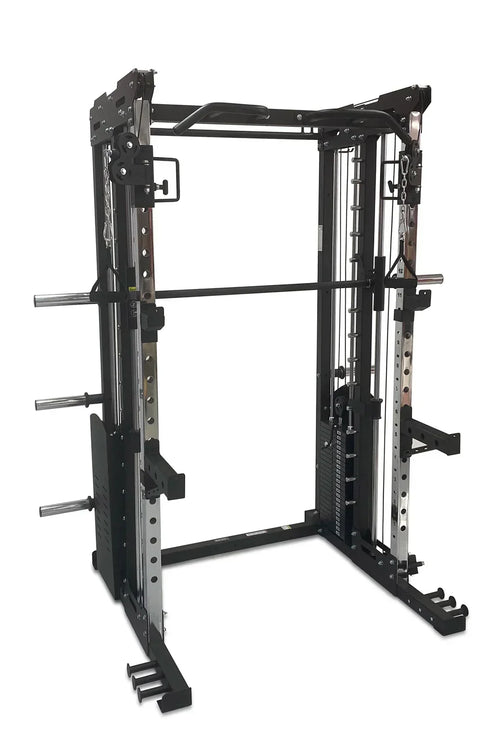
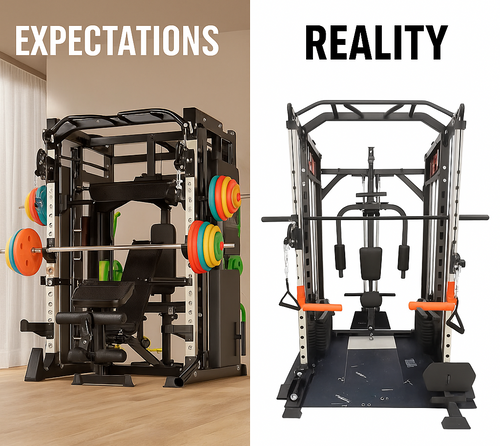
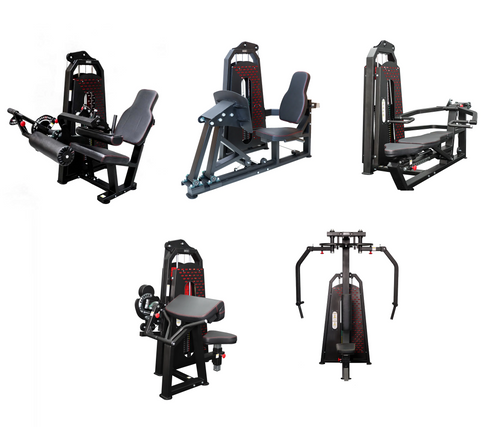
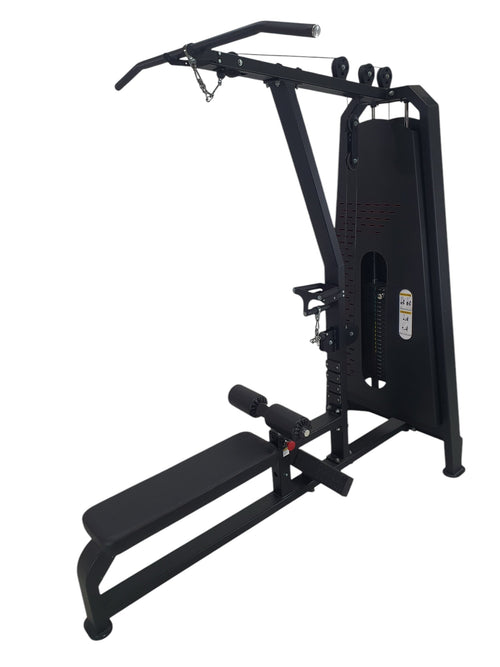
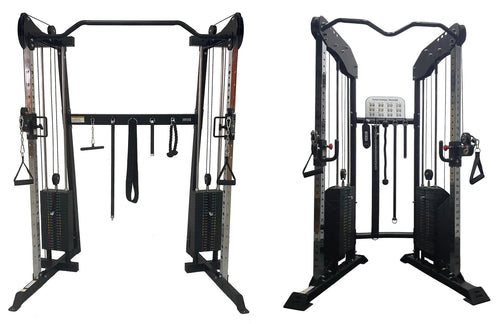
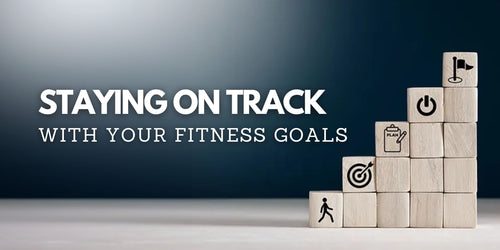
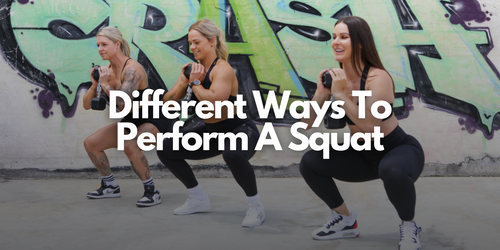


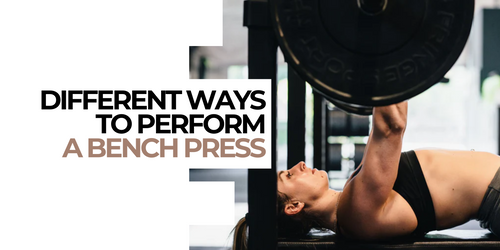
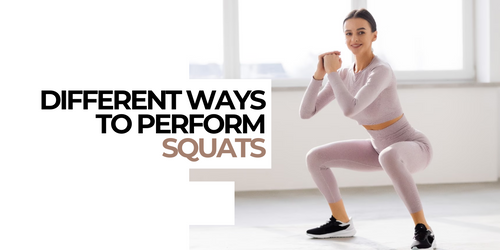

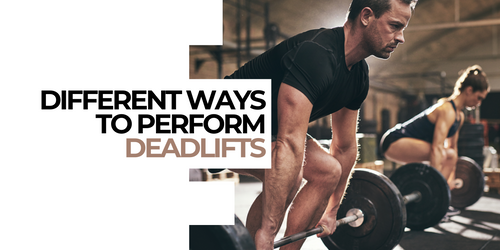

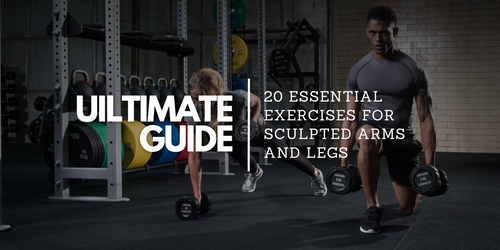




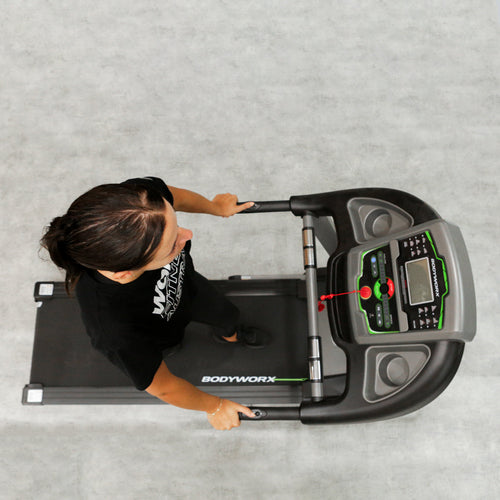
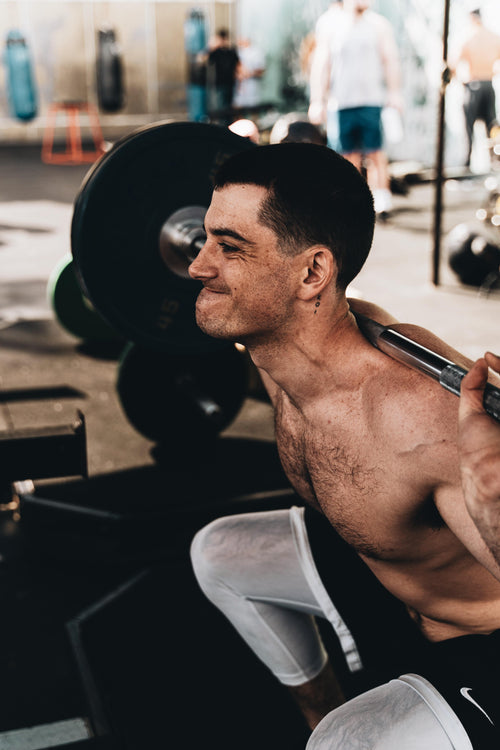


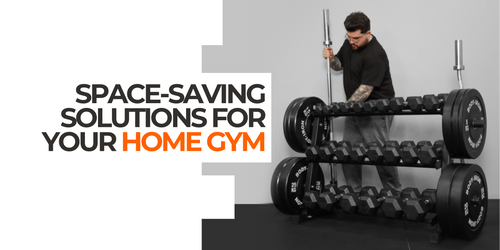
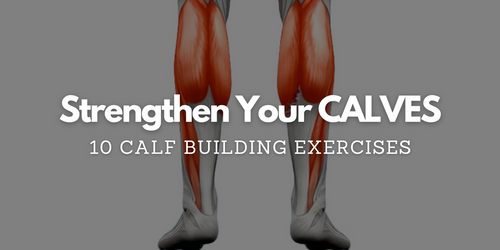
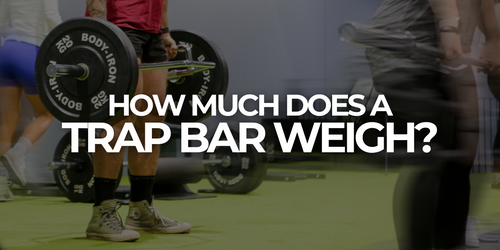
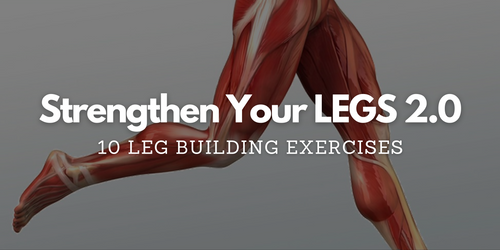
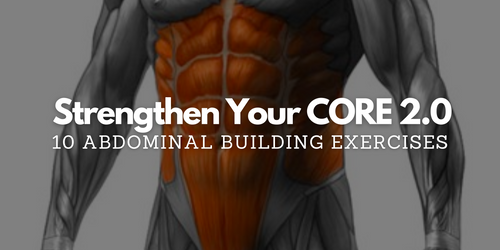
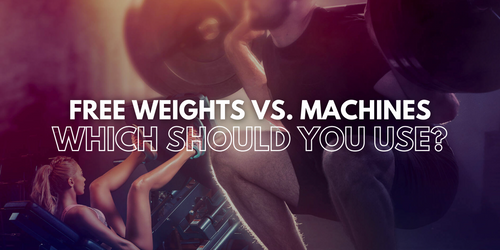
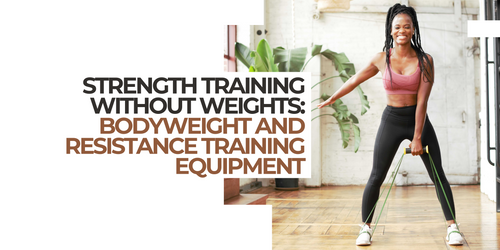
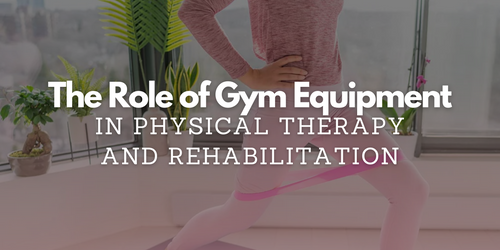
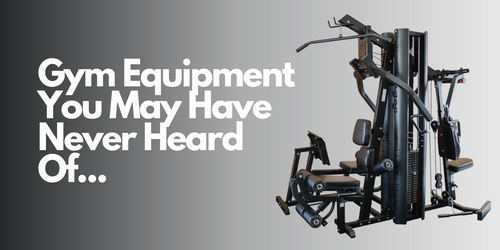
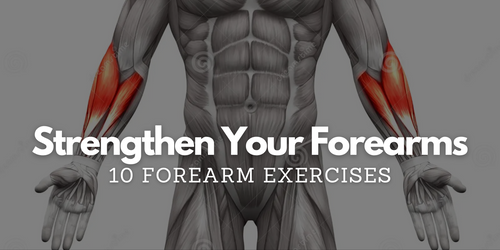
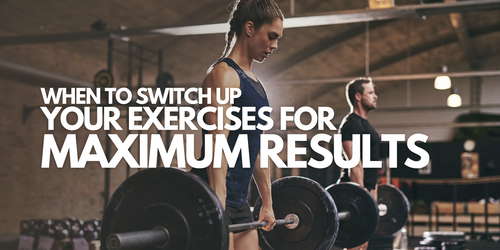
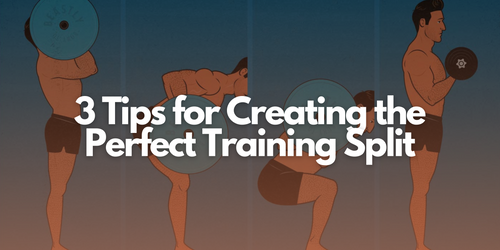

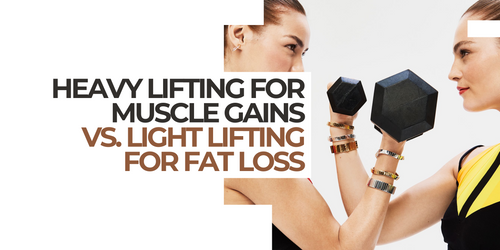
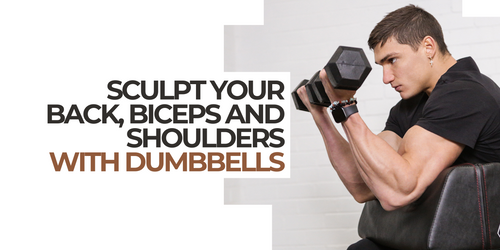
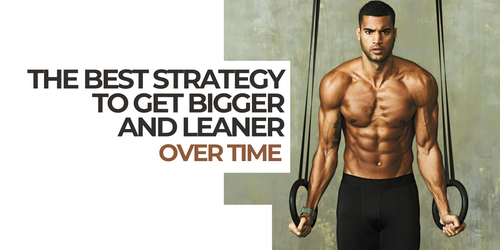
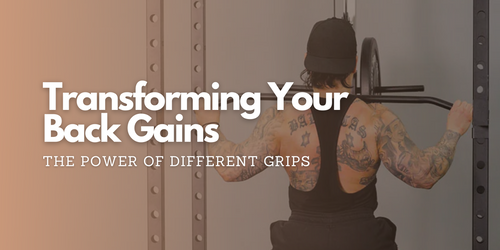
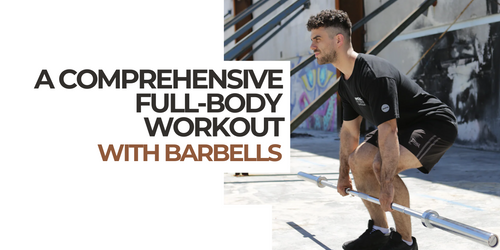
Leave a comment